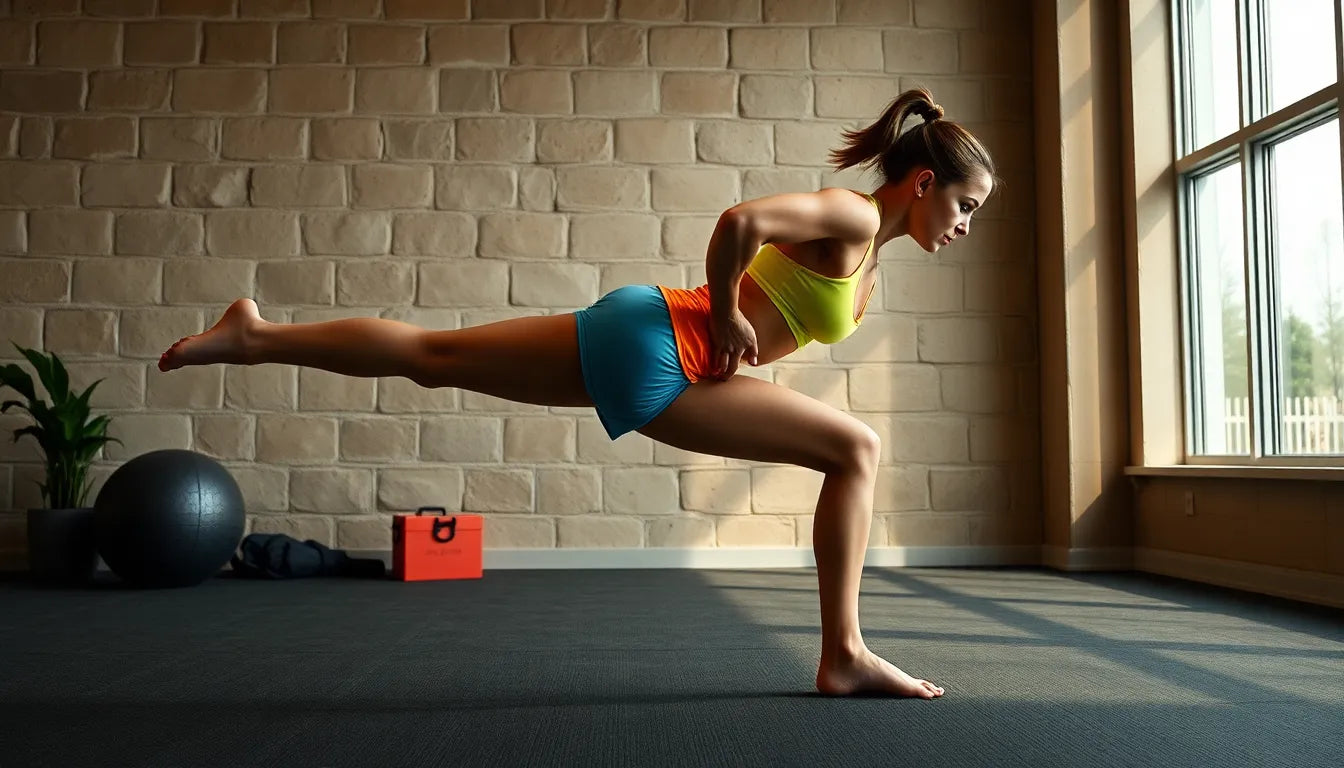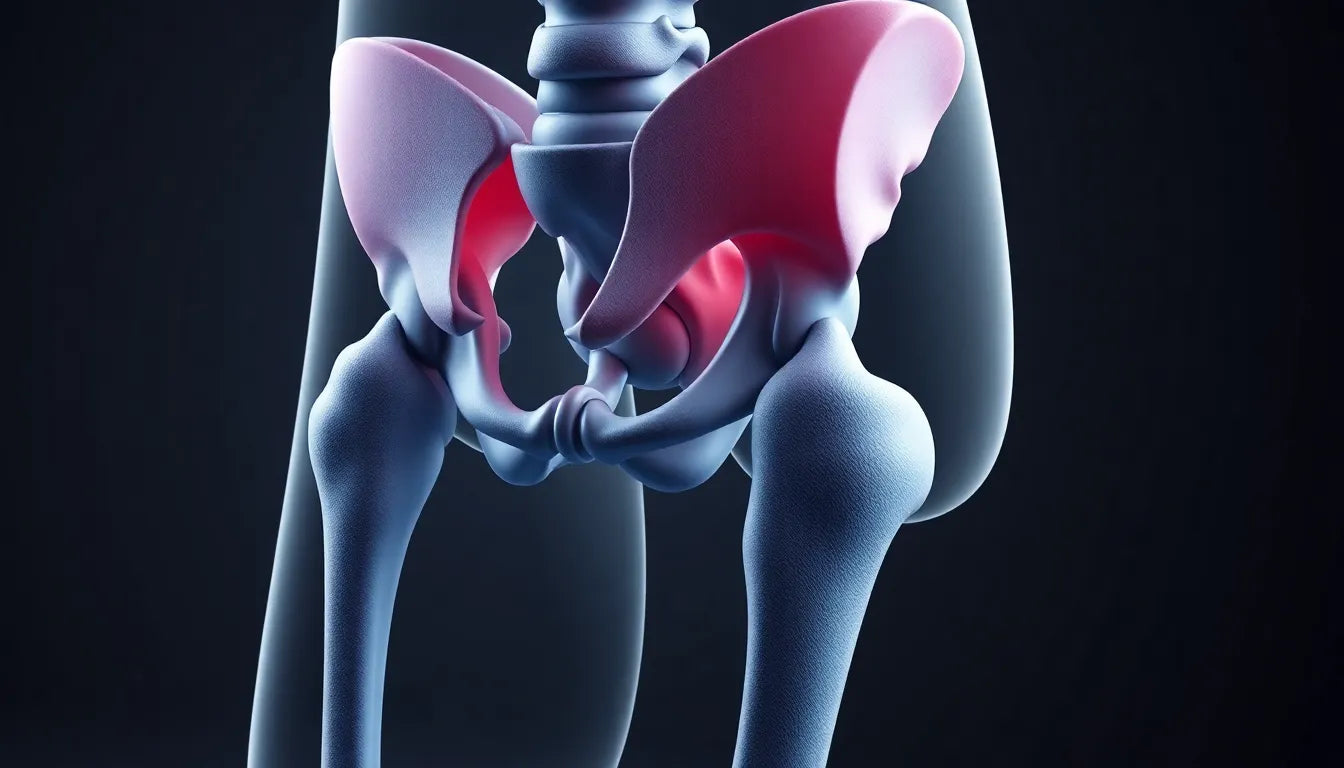Menopause is a significant phase in a woman's life, often accompanied by a host of symptoms that can disrupt daily activities. Among these symptoms, lower back pain is frequently overlooked, yet it affects a substantial number of women. Statistics reveal that between 34% and 83% of women transitioning through menopause experience some form of lower back pain, underscoring the need for greater awareness and understanding of this issue.
understanding the connection between menopause and lower back pain
The onset of menopause brings about a series of hormonal changes, most notably a decline in estrogen levels. Estrogen plays a crucial role in maintaining bone density and muscle health. As these levels drop, the body undergoes changes that can lead to increased susceptibility to pain, including in the lower back. This decline affects the bones, muscles, and joints, making them more prone to discomfort and injury. The reduction in estrogen is a key factor in the emergence of lower back pain during menopause, setting the stage for a deeper exploration of its causes and potential solutions.
the multifactorial nature of menopause-related back pain
Lower back pain during menopause is not solely due to hormonal changes; it is a multifaceted issue influenced by various factors. Biological changes, such as decreased bone density and muscle mass, play a significant role. However, lifestyle choices and psychosocial factors also contribute to the severity and persistence of pain. Sedentary lifestyles, poor posture, and stress can exacerbate the condition, making it essential to consider these elements when addressing menopause-related back pain.
Understanding the complex interplay of these factors is crucial for developing effective strategies to manage and alleviate lower back pain during menopause. By addressing the biological, lifestyle, and psychosocial components, women can find relief and achieve a better quality of life during this transitional period.
hormonal changes and biological impacts on lower back pain
The decline in estrogen during menopause is a primary contributor to various biological changes that can lead to lower back pain. One of the most significant impacts of reduced estrogen levels is on bone mineral density. Estrogen is essential for maintaining bone strength, and its decrease can accelerate bone mass loss, increasing the risk of osteoporosis. This condition makes the spine more susceptible to pain and fractures, which are common sources of chronic lower back discomfort in menopausal women.
Additionally, the reduction in estrogen affects muscle mass and joint health. Muscles may become weaker, and joints less lubricated and flexible, leading to increased stiffness and discomfort in the lower back. These changes can exacerbate existing pain and make the body more prone to injury, emphasizing the importance of understanding the biological impacts of menopause on the body.
symptom complexity and prevalence of lower back pain during menopause
Lower back pain is a common symptom experienced by many women during menopause, with prevalence rates ranging from 34% to 83%. This wide range highlights the individual variability in symptom severity and the complex nature of menopause-related back pain. The pain often correlates with other menopausal symptoms, such as hot flashes and mood swings, creating a challenging experience for many women.
The multifactorial causes of lower back pain during menopause include biological changes, such as shifts in fat distribution and increased body mass index (BMI). These changes can place additional strain on the lower back, leading to discomfort. Understanding these factors is crucial for developing effective management strategies to alleviate pain and improve quality of life during menopause.
impact of bone density and osteoporosis on lower back pain
The process of bone mass loss during menopause is a direct result of declining estrogen levels, which can lead to osteoporosis. This condition weakens the vertebrae, making them more brittle and prone to fractures. These fractures can be a direct source of chronic lower back pain, emphasizing the importance of maintaining bone health during menopause.
| Estrogen Levels | Bone Density | Back Pain Risk |
|---|---|---|
| High | Strong | Low |
| Low | Weak | High |
joint, muscle, and body composition changes during menopause
Menopause also brings about changes in muscle mass, joint lubrication, and body composition. Muscle weakness and poor posture can compound lower back pain, making it essential to address these issues through targeted interventions. Lifestyle factors, such as inactivity and poor diet, can exacerbate these changes, highlighting the need for a comprehensive approach to managing menopause-related back pain.
- Muscle weakness can lead to poor posture and increased strain on the lower back.
- Decreased joint lubrication can cause stiffness and discomfort.
- Shifts in fat distribution and increased BMI can place additional stress on the spine.
By understanding these changes and their impact on lower back pain, women can take proactive steps to manage their symptoms and improve their overall well-being during menopause. Through a combination of medical and lifestyle interventions, it is possible to find relief and achieve a balanced, pain-free life.

Lumbar support belt
Provides stabilizing support and relief for lower back discomfort during daily activities.
managing lower back pain during menopause
As women navigate the various challenges of menopause, managing lower back pain becomes a crucial aspect of maintaining overall well-being. A combination of medical and lifestyle strategies can provide significant relief and improve quality of life during this transitional period. Understanding the options available can empower women to make informed decisions about their health.
hormone replacement therapy (HRT)
Hormone replacement therapy (HRT) is one option that may help manage menopause-related lower back pain. By supplementing estrogen levels, HRT can potentially improve bone density and reduce the risk of osteoporosis, thereby alleviating some of the pain associated with bone loss. However, HRT is not universally effective and may not be suitable for all women. It is essential to consult with a healthcare provider to evaluate the potential benefits and risks before starting HRT.
physical therapy and exercise
Regular physical activity, particularly exercises that strengthen the core and improve flexibility, is highly beneficial for managing lower back pain during menopause. Activities such as yoga and pilates can enhance muscle support and joint health, reducing pain and stiffness. A tailored exercise program designed by a physical therapist can address individual needs and help maintain bone density and muscle mass.

Women's Posture Shirt™ - Nude
Supports posture and helps relieve back pain and tension using patented Neuroband™ technology.
medication and complementary therapies
For immediate pain relief, over-the-counter nonsteroidal anti-inflammatory drugs (NSAIDs) can be effective. In some cases, stronger medications may be necessary under a doctor's supervision. Additionally, complementary therapies such as heat or ice application can provide temporary relief by reducing inflammation and soothing sore muscles. Exploring these options can be part of a comprehensive pain management plan.
weight management and nutrition
Maintaining a healthy weight and balanced diet is crucial in reducing strain on the lower back. Adequate intake of vitamin D and calcium supports bone health, while a diet rich in fruits, vegetables, and lean proteins can help manage body weight. These nutritional strategies can play a significant role in alleviating lower back pain and preventing further complications.
scientific complexity and individual variation
The complexity of menopause-related lower back pain underscores the need for personalized approaches to management. Each woman's experience with menopause is unique, influenced by a range of biological and lifestyle factors. While research continues to evolve, understanding the individual nature of this pain is key to developing effective strategies for relief.
frequently asked questions
Can lower back pain during menopause be prevented?
While it may not be entirely preventable, maintaining a healthy lifestyle with regular exercise, a balanced diet, and adequate vitamin D can help reduce the risk.
Is hormone replacement therapy (HRT) safe for everyone?
HRT may not be suitable for all women. It’s important to consult a healthcare provider to weigh the benefits and risks.
What types of exercises are most effective for managing back pain during menopause?
Exercises that strengthen the core and improve flexibility, such as yoga and pilates, are particularly beneficial.
Are there any ergonomic aids that can help with menopause-related back pain?
Yes, ergonomic supports like lumbar cushions and adjustable chairs can help alleviate discomfort by promoting better posture.
How long does menopause-related back pain typically last?
The duration can vary widely among individuals, but symptoms often improve with appropriate management strategies.
Kilder
- Versalie (n.d.). "Menopause Back Pain: Helping to Ease the Burden."
- Momentum Injury (n.d.). "Menopause and Back Pain."
- National Center for Biotechnology Information. "Article PMC6947725."
- AZ Pain Doctors (n.d.). "10 Common Causes of Back Pain in Women."
- Mehta Spine (n.d.). "Extreme Lower Back and Hip Pain Menopause."
- Loyola Medicine (n.d.). "Menopause-Related Musculoskeletal Pain."
- National Center for Biotechnology Information. "Article PMC4612559."
- HealthCentral (n.d.). "Menopause Back Pain Link."


















